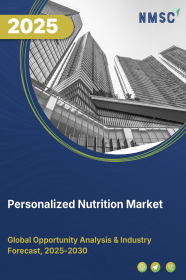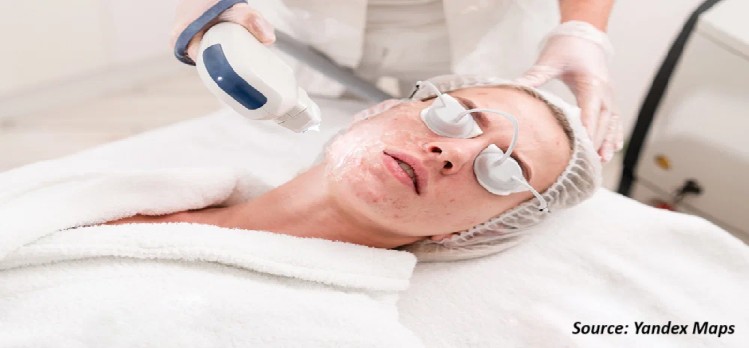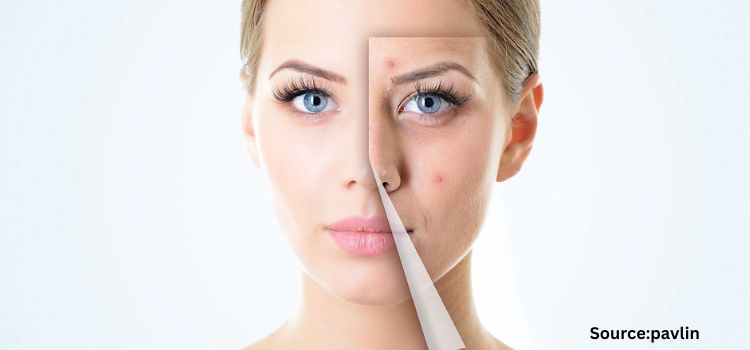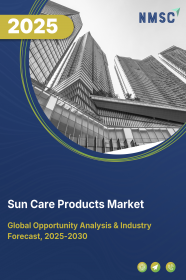
Sun Care Products Market by Product Type (Sun-Protection, After-Sun, and Tanning), by SPF Protection Level (Low SPF (Below 30), Medium SPF (30–50), and High SPF (50 and Above)), by Formulation (Cream, Gel, Lotion, Spray, and Others), by Skin Type (Normal Skin, Sensitive Skin, Oily Skin, and Others), by Distribution Channel (Offline (Supermarkets, Retailers and Others), and Online Stores) and by End-Users (Adults and Children)- Global Opportunity Analysis and Industry Forecast – 2025 – 2030
US Tariff Impact on Sun Care Products Market
Trump Tariffs Are Reshaping Global Business
Sun Care Products Market Overview
The global Sun Care Products Market size is estimated at USD 14.23 billion in 2024 and is predicted to reach USD 19.33 billion by 2030 with a CAGR of 5.3% from 2025-2030.
The increasing incidence of skin cancer, rise in outbound tourism and expansion of e-commerce sector are the primary drivers for the growth of the market. However, strict restrictions by regulatory bodies hinder the market expansion. On the contrary, innovations in sun care product is expected to create ample growth opportunity for the market in future.
Moreover, top players such as Unilever, Dow. Inc., Univar Solutions LLC, and others are launching several new products in order to stay in the competition. These products include sunscreens, sunblocks, after sun lotions and self-tanners contain active ingredients that either absorb or reflect UV rays to shield the skin. Their importance lies to promote skin health and provide long-term protection against damage from the sun and meet the growing demand for preventive skincare solutions globally.
Increasing Incidence of Skin Cancer Fuels the Sun Care Products Market Growth
Heightened skin cancer rates drives the sun care products market demand, as growing awareness of UV radiation risks increases consumer demand for sunscreens and sunblocks. Public health campaigns emphasize preventive skincare, elevating the role of UV protection in reducing health risks. Globocan’s 2022 report states that non-melanoma skin cancer mortality stands at 69.4 thousand, and is projected to rise 116.9% to 150.5 thousand by 2050. This trend accelerates adoption of sun care products, prioritizing skin health over other concerns.
The market benefits as consumers seek reliable solutions to combat rising skin cancer risks, expanding market share for brands offering effective UV protection. These dynamics shape market trends, reinforcing the industry’s focus on preventive sun safety and fueling sustained growth.
Rise in Outbound Tourism Drives the Market Growth
Growing outbound tourism fuels the market, as travellers prioritize UV protection in sunny destinations. Increased travel spending reflects demand for high-SPF, portable sunscreens tailored for leisure and outdoor activities. UN Tourism data indicates Canada’s outbound tourism spending rose 41.6%, from USD 37.26 billion in 2022 to USD 52.77 billion in 2023, with Belgium’s growing 11.1% to USD 21.37 billion in 2023.
This surge drives innovation in travel-friendly sun care solutions, enhancing market growth. Consumers’ focus on sun safety during vacations expands market reach, boosting market trends toward convenient, effective products. As global travel continues to rebound, the sun care industry strengthens its position, catering to sun-conscious travelers and unlocking significant growth potential.
Expansion of E-Commerce Sector Boosts the Market Growth
Global e-commerce growth accelerates the market size, providing consumers seamless access to diverse sunscreens and UV protection solutions. Online platforms facilitate product comparisons and reviews, increasing sales and broadening market reach.
The International Trade Administration reports the e-commerce market reached USD 24 trillion in 2023, projected to hit USD 36 trillion by 2026, a 50% rise. Digital shopping trends amplify demand for innovative sun care products, driving market expansion.
The shift to online purchasing enhances market trends, as brands leverage e-commerce to meet consumer needs for high-quality sun protection. This accessibility strengthens market share, positioning the sun care industry to capitalize on evolving retail behaviors and sustain long-term growth potential.
Strict Restrictions by Regulatory Bodies Hinders Sun Care Products Market Expansion
Stringent regulations from agencies like the U.S. Food and Drug Administration and European Medicines Agency significantly hinder the market expansion. Rules on sunscreen formulation, safety testing, and labelling demand rigorous compliance, increasing production costs and delaying product launches.
For example, the FDA’s 2021 sunscreen monograph requires extensive UV filter safety data, slowing approvals. In Europe, bans on certain chemical filters like oxybenzone due to environmental concerns restrict formulation options. These hurdles limit UV protection product adoption, particularly for smaller brands, constraining market size.
Regulatory complexity discourages innovation, as companies prioritize compliance over new product development, slowing industry growth despite rising demand for sun care solutions.
New Innovations in Sun Care Products Creates Growth Opportunities for the Upcoming Years
Innovations in sun care products are set to unlock significant growth opportunities for the market by addressing skin health and environmental sustainability. For instance, in October 2024, Bacfarm developed UV protection ingredients derived from bacteria, offering an eco-friendly alternative to chemical filters in sunscreens.
This advancement ensures effective sun protection while meeting consumer demand for sustainable skincare, aligning with market trends toward green solutions. Such innovations drive market growth, enhancing the industry’s growth potential and broadening its appeal to eco-conscious consumers.
Market Segmentations and Scope of the Study
The sun care products market report is segmented on the basis of product type, SPF protection level, formulation, skin type, distribution channel, end-users, and region. On the basis of product type, the market is divided into sun-protection, after-sun, and tanning. On the basis of SPF protection level, the market is segmented into low SPF (below 30), medium SPF (30–50), and high SPF (50 and above). On the basis of formulation, the market is divided into cream, gel, lotion, spray, and others. On the basis of skin type, the market is segmented into normal skin, sensitive skin, oily skin, and others. On the basis of distribution channel, the market is divided into and online stores. Offline is further divided into supermarkets, retailers, pharmacies and drug stores. On the basis of end-users, the market is categorized into adults and children. Regional breakdown and analysis of each of the aforesaid segments includes regions comprising of North America, Europe, Asia-Pacific, and RoW.
Geographical Analysis
Asia-Pacific dominates the sun care products market share today and is projected to continue its dominance throughout the forecast period. This owes to rise in outbound tourism that fuels demand for high-SPF sunscreens suited for leisure activities, boosting product adoption. UN Tourism reports India’s outbound tourism expenditure grew 160.8%, from USD 1,055.57 billion in 2021 to USD 2,752.70 billion in 2023.
This trend accelerates market growth, as consumers seek portable, effective sun care solutions. The focus on skin health during travel broadens market reach, shaping market trends toward convenient UV protection products. As tourism flourishes across Asia-Pacific, the sun care industry capitalizes on sun-conscious travellers, expanding market share and reinforcing its dominance with significant growth potential.
Moreover, the rising skin cancer rates drives the sun care product sector in Asia-Pacific, as growing awareness of UV radiation risks heightens demand for sunscreens and sunblocks. Health campaigns promote preventive skincare, emphasizing UV protection to reduce health risks. Globocan’s 2022 report notes China’s non-melanoma skin cancer cases at 26 thousand, projected to rise 103.8% to 53 thousand by 2050. This trend spurs adoption of advanced sun care products offering skin health benefits, fueling market expansion.
Consumers’ focus on sun safety enhances market share for brands providing effective solutions. These dynamics shape market trends, strengthening the industry’s role in preventive care and driving sustained growth across Asia-Pacific, solidifying its position as the market leader.
On the other hand, North America is considered fastest growing region in the market due to growth in online retail that enhances accessibility and convenience for consumers seeking sun protection. The availability of diverse options, easy price comparisons, and targeted recommendations, drive sales of sunscreens in online platforms, expanding the market reach and meeting rising demand for sun protection products.
The latest report of Centre for Retail Research stats that the U.S. online share of retail trade stood at 9.7% in 2012 and it increased to 18.8% in 2023. This trend fuels demand for innovative sun care products, driving market expansion in the region.
Also, the presence of leading companies like Honeywell and myDerm propels the sun care product sector in North America, as their product launches and competitive strategies meet diverse consumer demands. Investments in advanced UV protection solutions enhance skin health offerings, increasing market adoption.
These players drive innovation in sunscreens and sunblocks, fueling market growth. The focus on sustainable and effective products aligns with consumer preferences, expanding market share.
Data from industry analyses highlight North America’s robust brand activity, supporting market trends toward premium sun care. As companies intensify competition, the region benefits from a dynamic industry landscape, reinforcing its position as the fastest-growing market and unlocking significant growth potential for sun protection solutions across consumer segments.
Strategic Analysis of the Companies Operating in the Market
Key players are increasingly adopting strategies centred around innovation and responding to evolving consumer needs and regulatory landscapes. A prominent recent development is the approval of new, more ethical and efficient SPF testing methods by the International Organization for Standardization (ISO) in December 2024, with the first tests expected in Europe in 2025. This aims for more reliable SPF values and could streamline product development.
Simultaneously, major players in sun care products industry like Unilever are focusing on the "skinification of sun care", evidenced by their brands such as POND’S SKIN INSTITUTE and Lakmé launching sun protection products enriched with skincare ingredients like niacinamide and hyaluronic acid, catering to consumer demand for multifunctional products.
This trend is also reflected in the mineral sunscreen market, which is experiencing growth driven by a preference for natural and safer alternatives, with brands like Blue Lizard Australian Sunscreen and Babyganics recently launching or rebranding mineral-based products with eco-friendly packaging.
However, the industry faces challenges, notably the formulation difficulties in achieving aesthetically pleasing mineral sunscreens without the “white cast” effect, as seen with consumer feedback on Supergoop! products.
Furthermore, navigating stringent and varying global sunscreen regulations and ensuring transparent and trustworthy eco-friendly packaging claims remain critical. Looking ahead, significant opportunities lie in the burgeoning demand for reef-safe and eco-friendly formulations, fuelled by increasing environmental awareness and regulatory bans on chemical UV filters in regions like Hawaii and Palau.
Key Benefits
-
The report provides quantitative analysis and estimations of the market from 2025 to 2030, which assists in identifying the prevailing market opportunities.
-
The study comprises a deep-dive analysis of the current and future sun care products market trends to depict prevalent investment pockets in the market.
-
Information related to key drivers, restraints, and opportunities and their impact on the market is provided in the report.
-
Competitive analysis of the key players, along with their market share is provided in the report.
-
SWOT analysis and Porters Five Forces model is elaborated in the study.
-
Value chain analysis in the market study provides a clear picture of roles of stakeholders.
Sun Care Products Market Key Segments
By Product Type
-
Sun-Protection
-
After-Sun
-
Tanning
By SPF Protection Level
-
Low SPF (Below 30)
-
Medium SPF (30–50)
-
High SPF (50 and above)
By Formulation
-
Cream
-
Gel
-
Lotion
-
Spray
-
Others
By Skin Type
-
Normal Skin
-
Sensitive Skin
-
Oily Skin
-
Others
By Distribution Channel
-
Offline
-
Supermarkets
-
Retailers
-
Pharmacies and Drug Stores
-
Online Stores
By End-Users
-
Adults
-
Children
By Region
-
North America
-
The U.S.
-
Canada
-
Mexico
-
-
Europe
-
The UK
-
Germany
-
France
-
Italy
-
Spain
-
Denmark
-
Netherlands
-
Finland
-
Sweden
-
Norway
-
Russia
-
Rest of Europe
-
-
Asia-Pacific
-
China
-
Japan
-
India
-
South Korea
-
Australia
-
Indonesia
-
Singapore
-
Taiwan
-
Thailand
-
Rest of Asia-Pacific
-
-
RoW
-
Latin America
-
Middle East
-
Africa
-
Key Players
-
Unilever
-
Dow. Inc.
-
Univar Solutions LLC
-
Croda International Plc
-
BASF SE
-
DSM-Firmenich
-
Elementis Plc
-
Beiersdorf AG
-
Clariant AG
-
Shiseido Co., Ltd.
-
Kao Corporation
-
Estee Lauder Inc.
-
Natura & Co
-
L'Oreal S.A
-
Solésence
REPORT SCOPE AND SEGMENTATION:
|
Parameters |
Details |
|
Market Size in 2024 |
USD 14.23 Billion |
|
Revenue Forecast in 2030 |
USD 19.33 Billion |
|
Growth Rate |
CAGR of 5.3% from 2025 to 2030 |
|
Analysis Period |
2024–2030 |
|
Base Year Considered |
2024 |
|
Forecast Period |
2025–2030 |
|
Market Size Estimation |
Billion (USD) |
|
Growth Factors |
|
|
Countries Covered |
28 |
|
Companies Profiled |
15 |
|
Market Share |
Available for 10 companies |
|
Customization Scope |
Free customization (equivalent up to 80 working hours of analysts) after purchase. Addition or alteration to country, regional, and segment scope. |
|
Pricing and Purchase Options |
Avail customized purchase options to meet your exact research needs. |








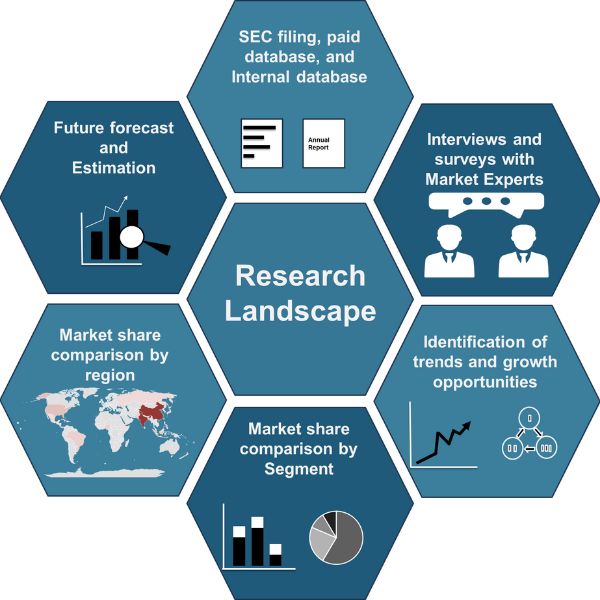





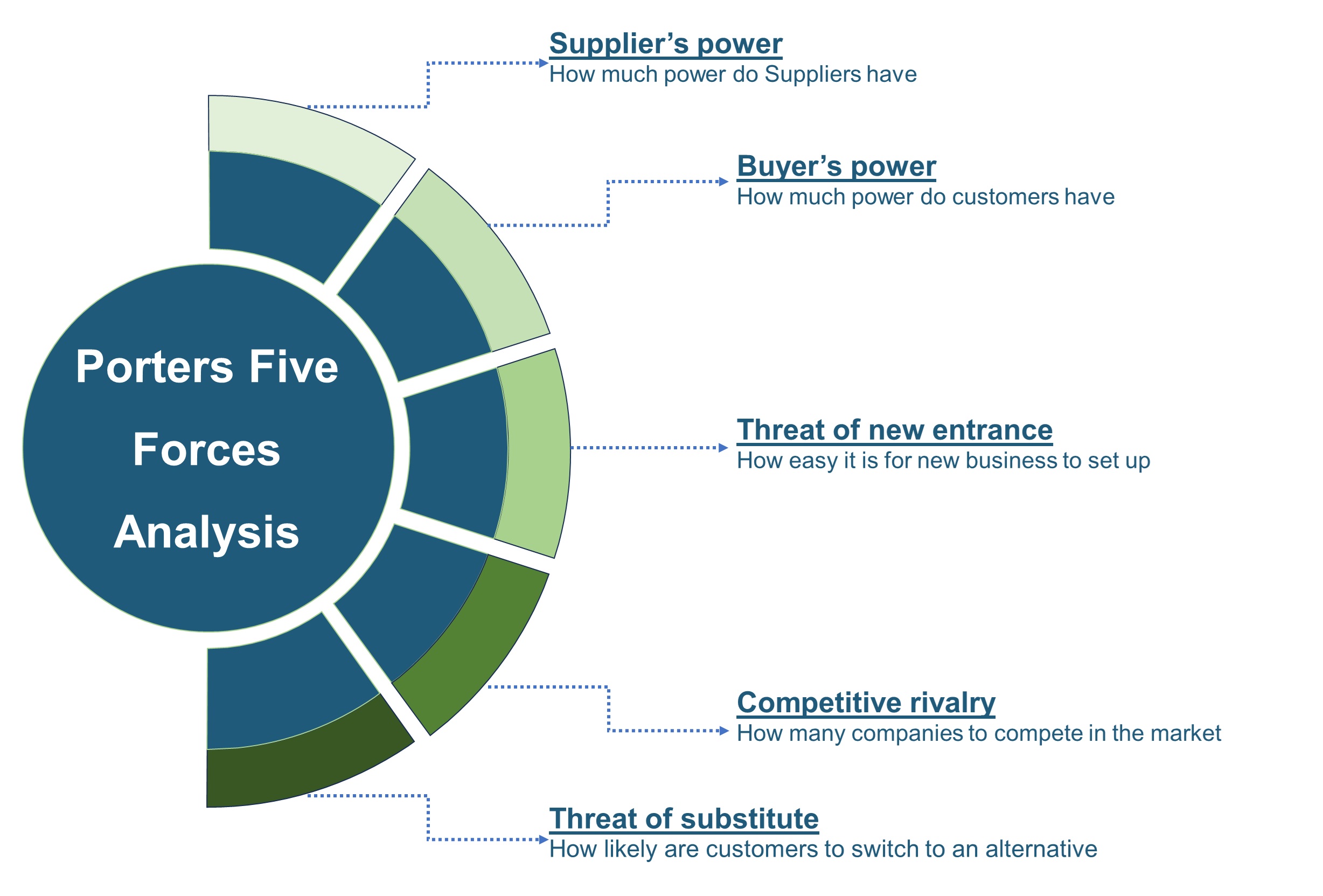

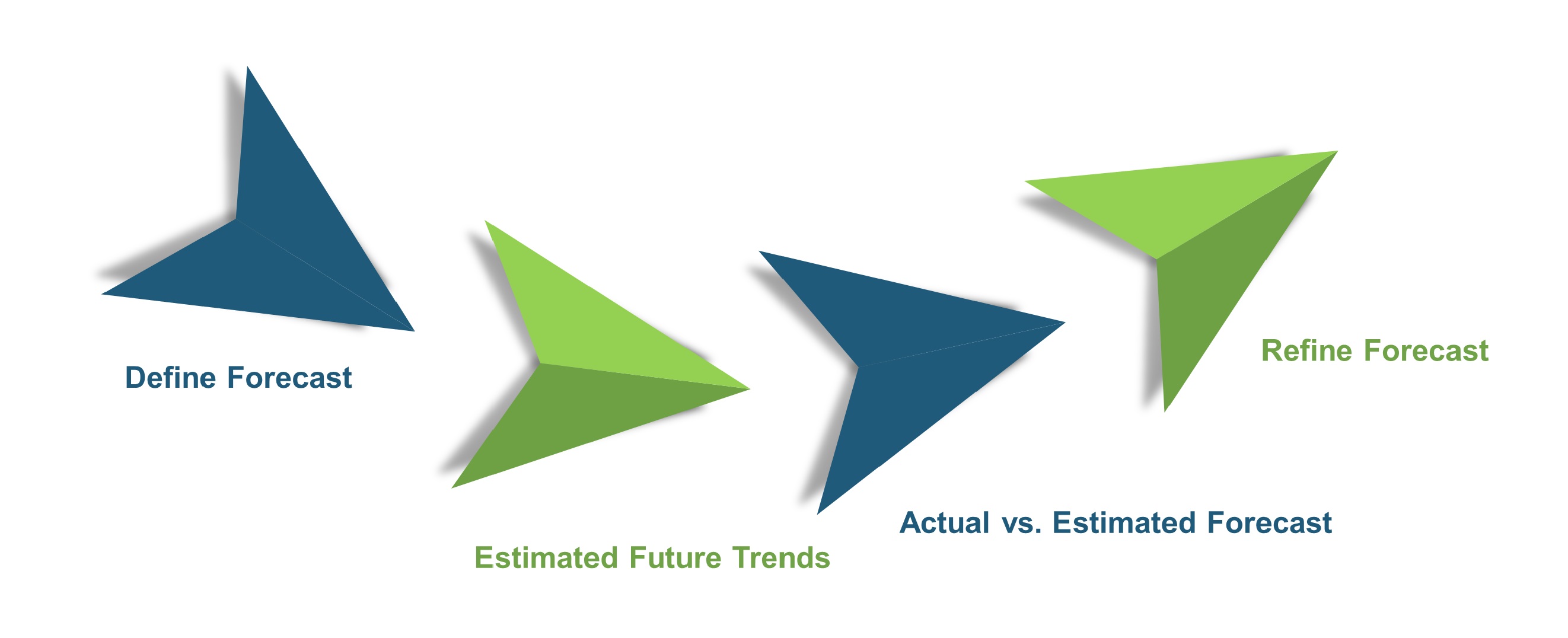
 Speak to Our Analyst
Speak to Our Analyst




